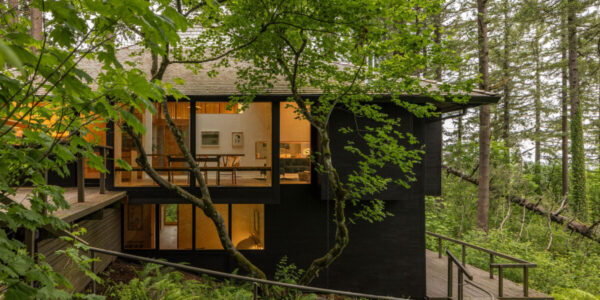
Want Beautiful Blooms All Year? Secrets to Flower Farming in Your Own Backyard
An Oregon florist breaks down cut-flower gardening—even if all you have is a raised bed.
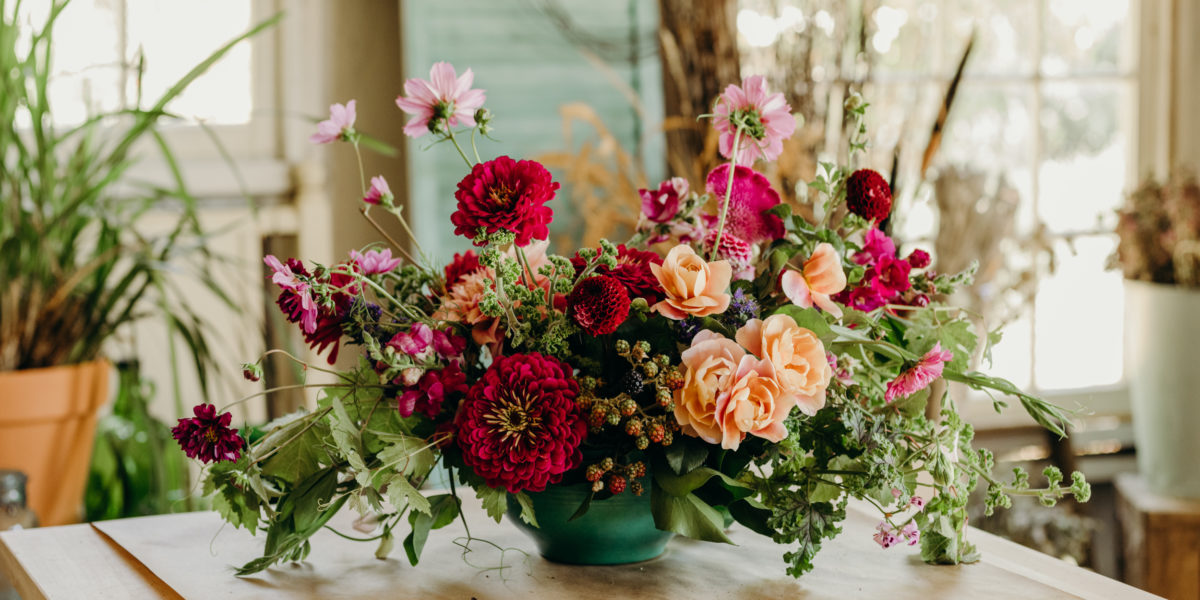
The following is excerpted from our newsletter, “Sunset 101: The Ultimate Guide to Raised Beds.” To find out more about Sunset’s newsletters, click here.
Beth Syphers didn’t always want to be a flower farmer. Growing up in a 900-square-foot house with 11 other siblings, the Oregon florist initially pursued a medical career.
But farming was in her blood. Thanks to “hippie” parents who grew their own food and moved the family to a cherry farm, she started tending flowers around the home as a teenager before dressing the shop windows and restaurants of friends in town. “We had that wildflower voluptuous look,” quips Syphers. You know the kind: Think British royal family in the late ’80s and early ’90s. Whimsical, romantic.
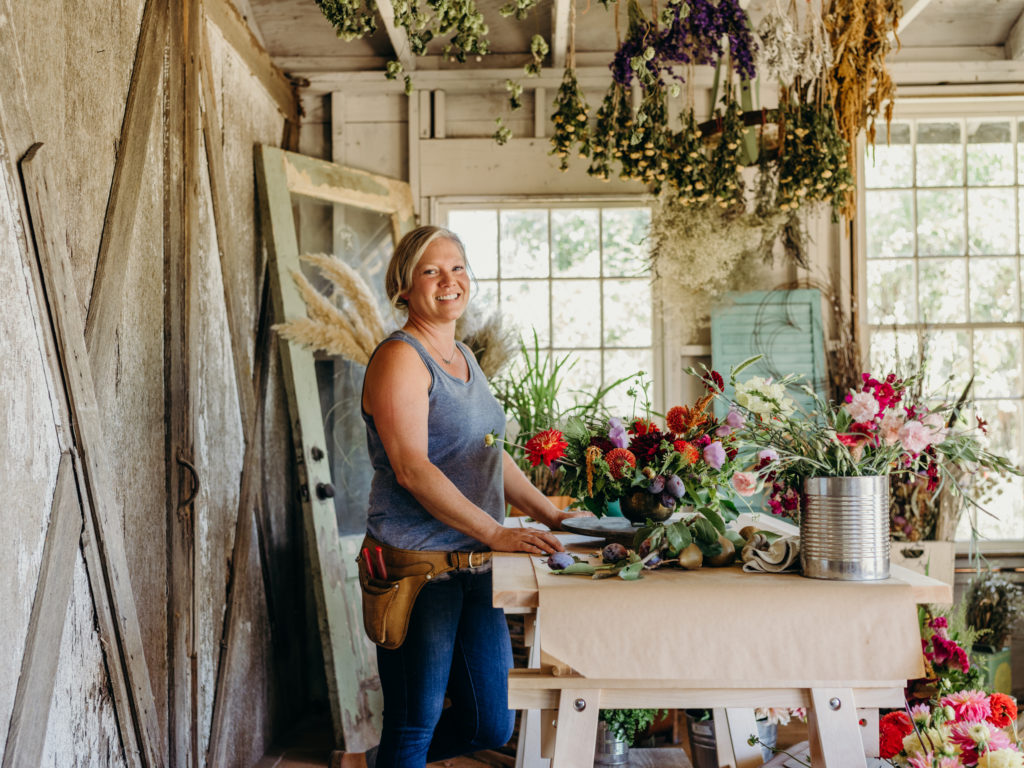
Kyle Johnson
Long before pandemic-induced isolation saw hipsters taking to Instagram in droves amid their own homegrown blooms, Syphers left the medical field and started her own farm. Crowley House Flower Farm now sits on just over three acres in Rickreall, Oregon, offering in-demand wholesale production plus wedding and event design thanks to a greenhouse and cutting garden. We’re talking more than 100 different varieties of flowers from roses and peonies to anemones, ranunculus, and sweet peas.
If the thought of spending your days out in the sunshine amid an array of colorful blooms makes you want to quit your day job, you’re not alone. The number of American floriculture producers rose 14% in 2020 from the year prior, according to the U.S. Department of Agriculture. But for those of us who are a bit more risk averse, a raised bed will do just fine.
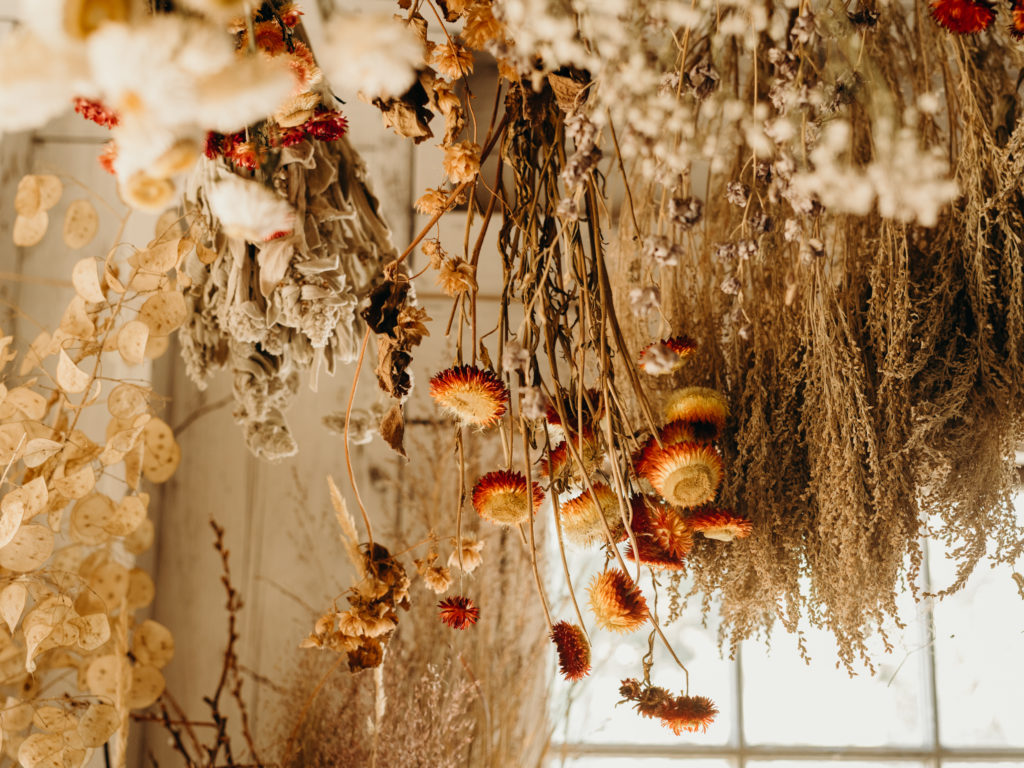
Kyle Johnson
So, I asked Syphers to give us her step-by-step guide to filling it with flowers, from her expert insight into soil types to creating a diverse palette of seeds and bulbs. And what I got is the ultimate beginner’s guide to raised flower beds.
Alright Beth, I’ve got an empty raised bed in my backyard right now. I want to fill it with cut flowers. Where do I start?
Do you have any soil in it now?
Nope.
So, I wouldn’t necessarily say to go down to the market and buy bags of soil to fill it. Depending on your size, that kind of soil to me is not like earthen soil. It’s like processed soil, which is fine I guess …
Except apparently not.
(Laughs) So, what I did is I went down to a local nursery and landscape supply company and had them deliver a good garden soil that I mixed with a good compost. Lowe’s or Home Depot are great for some things, but I like to go to the small guys that really will take time and build a relationship with you, and be able to take the time to troubleshoot problems that you might have. They are gonna know exactly who to go to for their soil.
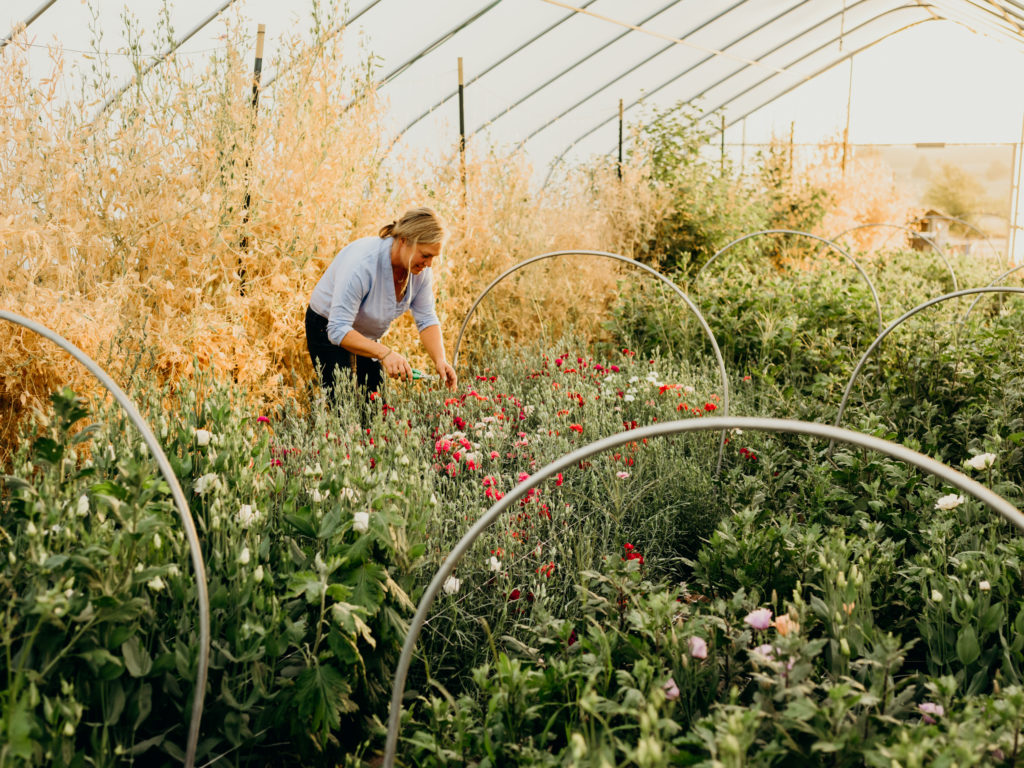
Kyle Johnson
Can we back it up for a minute to compost?
I suggest that you ask around, you know, people, neighbors, friends that garden, and say, “Hey, where do you get your compost? Where do you get your garden soils?” That’s the most efficient way to do it.
OK, so I get a recommendation for good compost, my nursery gets me some good garden soil, what’s next?
I’ll lay a tarp down. This is how we did ours. I have a lot of raised beds. And partly because I have clay wet soil, it’s a really good way to be able to garden year-round.
How do I start putting in the soil?
A couple yards of good soil, a couple yards of really good compost. Because you can always use it somewhere else if it doesn’t fill your whole bed.
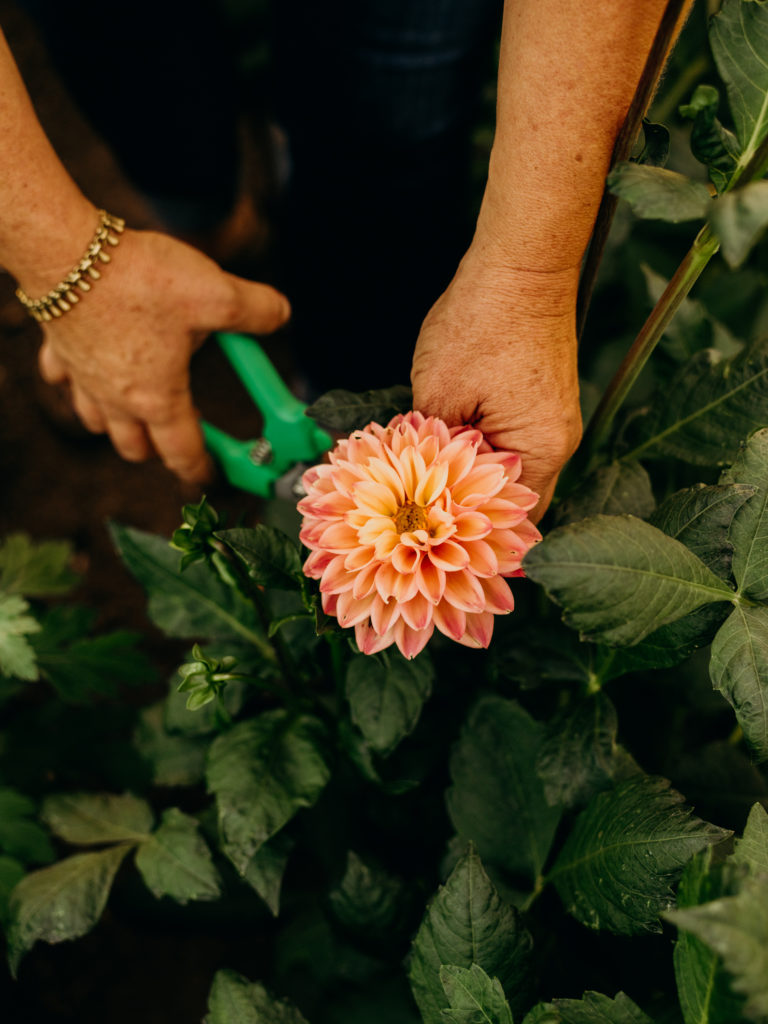
Kyle Johnson
Hypothetical: It’s early spring. What do I plant and how long will it last?
Ranunculus, anemone, sweet peas. Then, all of a sudden, those things die come end of June. What you’ll wanna do is take those out, or plant something new. You need more compost to do that.
Do the flower types vary by geographic area? I would imagine the list changes from Southern California up to the Washington coast.
It used to be that they would say: Do not plant ranunculus until the risk of frost is over. But if you live in the city–even me–I’ve done test pots where I’ve had my ranunculus since last June and then they went through a raised bed. Through the winter, we had 29 degrees or 25 degrees in February, they’re still fine. So, you’re always gonna have a risk of, when it’s colder climates, to wait on your ranunculus. But I find in a raised bed that it creates its own microclimate. And if you’re in the city, that’s gonna do it again. It’s gonna change. So those are all things you have to consider when you’re planting different things.
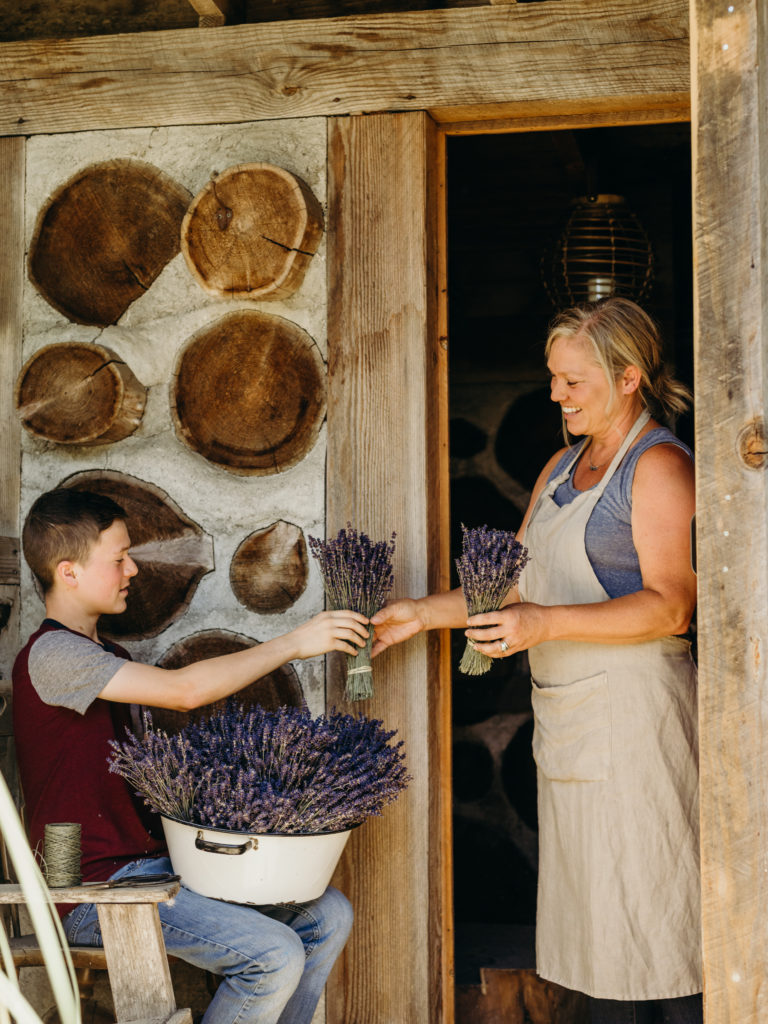
Kyle Johnson
Are there any flowers that know no geographic bounds?
I find that anemones are fine all the way down the coastline, no matter what time they plant them. Ranunculus, tulips, those would be the staple ones. Sweet peas are going now. The climate is changing, honestly.
Wow, sweet peas?!
A lot of times, even if I planted them in the garden, the only thing I’d have to watch for is slugs. I mean, that’s the hardest thing for folks to do is to keep the slugs at bay. But a lot of gardeners could sprinkle some poppy seeds on the surface somewhere. Nigella, larkspur even, which would come up in the summertime.
Now we’re getting into Level 2 gardening: planting multiple flowers at once. How do I figure out a good combination?
I call it a sandwich. You have your lower layer of tulip bulbs, and then you have your next layer of, say, larkspur sprinkled on the top. Then you’re going to thin those out. So, the tulips will bloom and die back, and then your larkspur will come up. You’re always thinking in layers.
Where do you recommend getting seeds?
Territorial Seed Company has a good mix of seeds, they’re local in Eugene. Redemption Seeds has a lot of flowers, they’re up in Washington. Renee’s Garden sweet peas, they’re down in California.
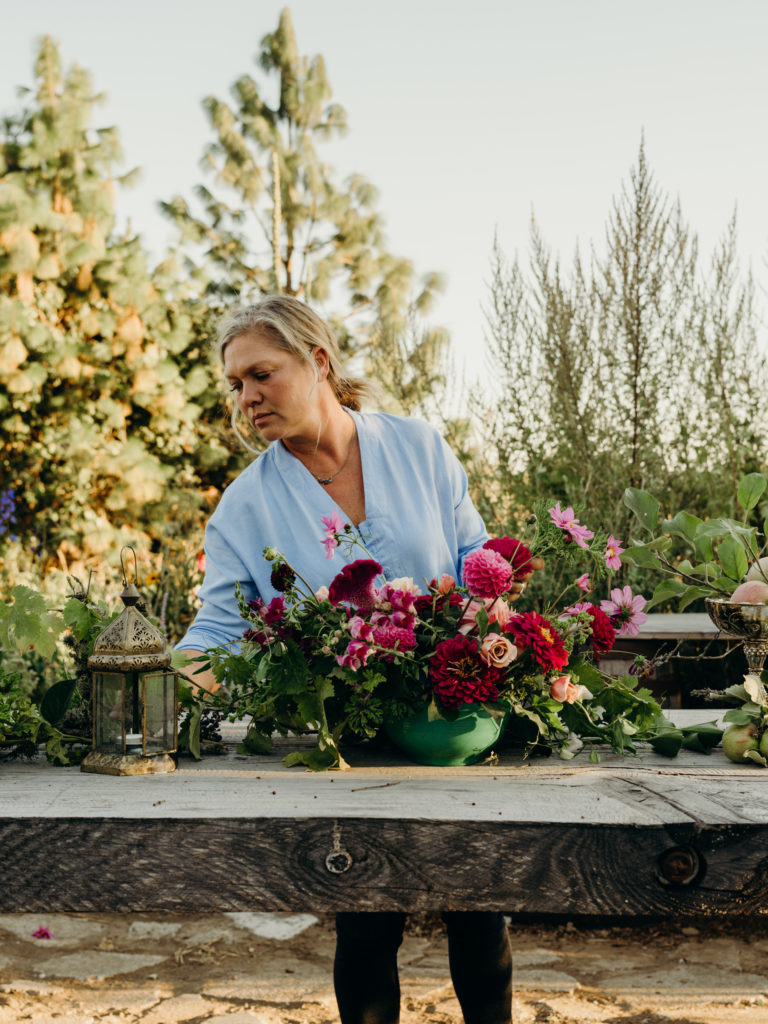
Kyle Johnson
If I’ve never grown flowers before, should I start with one type first? Is there a max?
My garden style is very whimsical, just like my bouquets, so it depends on your personality. My personality is Type A, so I want everything in rows. Then you would section your garden into thirds, depending on how big it is. Most raised beds are not super big, but I would do it into thirds and try three different things.
If you were a little bit more like me and you’re artistic, you like to design, you like to do things very whimsical and you just want a cutting garden? I would take that raised bed and cut it into sixths. So you have these little quadrants that you would plant. Then at your edges, I might put in things like herbs and grasses. Say your tulips bulbs are done. You just pull your bulbs out and plant something else there, sunflowers or something. That’s you learning to garden on a big scale, if you were going to be a flower farmer like me.
Just start. Don’t overthink it. Just get your hands in the soil and enjoy being outside, no matter if you fail or succeed. You will improve your life.
Beth Syphers
Say I’m a total newbie and the seeds arrive. What do I do with them?
You really need to read the back of the seed package. A lot of people feel like they need to jump the gun. And I think it’s because if you’re on social media at all, you’ll see a flower farmer start their sweet peas back in December. But that’s because they have a hoop house that they’re putting it in and it might be heated.
Understand what your weather is, what your microclimate is, all those things. And then read the back and count backwards. Say it says, “Do not plant until frost, plant 30 days before frost,” whatever it says on the back. Have a little calendar that you just keep track of, count it back and see.
What if I order seeds and I totally screw up the timing?
Even if you miss those windows, I’m not super concerned. I might be a week late seeding, or something like that, but I’m okay with that because it’s just going to bloom later. Don’t overthink it, but paying attention to those things on the back is super important instead of just throwing your seeds in. Understanding what it says: It needs light to germinate; how’s that going to work?
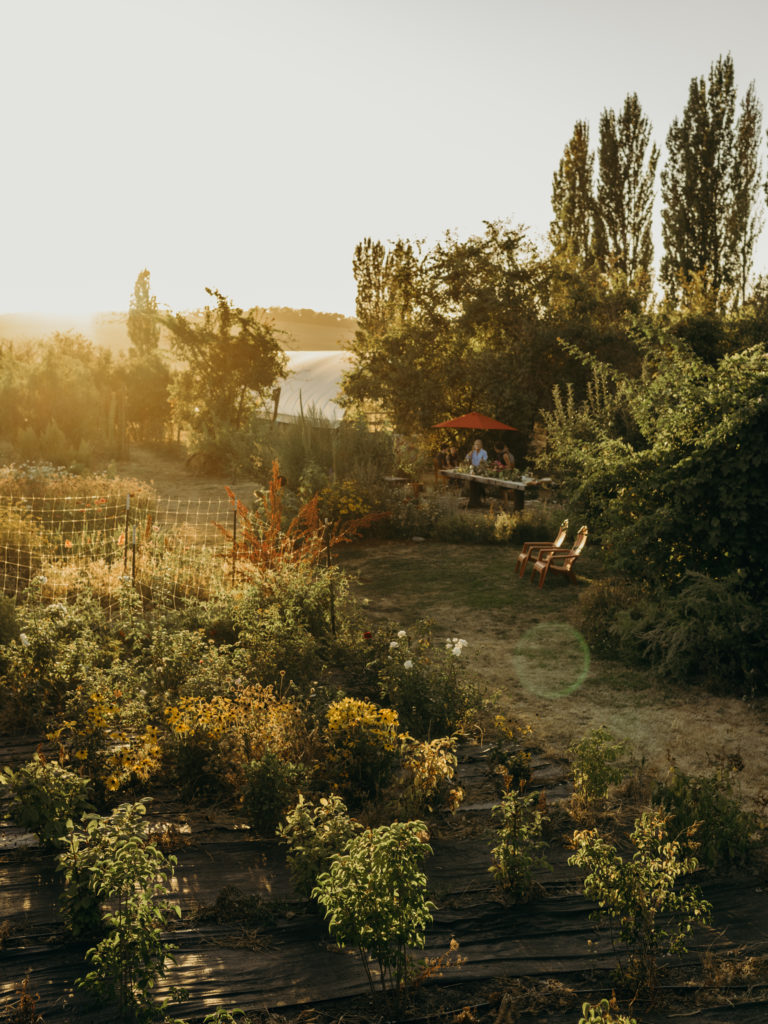
Kyle Johnson
How many seeds should I plant?
You don’t need to plant the whole thing. Some people think they get a pack of seeds and they need to plant the whole thing. ACE Hardware, they have those cute little grow systems that you can go and get; they’ve got the tray, they’ve got the water tray underneath, they’ve got the little dome that goes over the little system, and then you can chunk it into sections and seed in three. On the average, we do three seeds. If you look at the back, it will tell you the germination rate. If the germination rate is really good, you might do two seeds.
Speaking of germination rate, what are ideal light conditions if I’m a first-time gardener?
Generally, when you get a pack of larkspur, it’ll say “needs light to germinate.” Or poppies. You would sprinkle those seeds on the surface.
If I put anything on it, it would be Vermiculite, which I know is a really trendy thing right now apparently, but we’ve used it for years.
Ah, so we’re talking more about seed depth; versus tulip bulbs, which get pushed underground. OK, so my seeds are in. Now how do I take care of them?
Here in the upper Pacific Northwest, we tend to get plenty of water that we don’t really have to pay attention to that too much, but we do get a lot of weeds. Weeding would be something that you want to be careful with.
How?
You need to know your weeds. Because if larkspur is coming up in your bed and it looks like some common weed that you have in the area and you pull it all, then you’re like, “Why aren’t my larkspur coming up?” We tend to practice a no-dig on our beds, which is really helpful with keeping the weeds down.
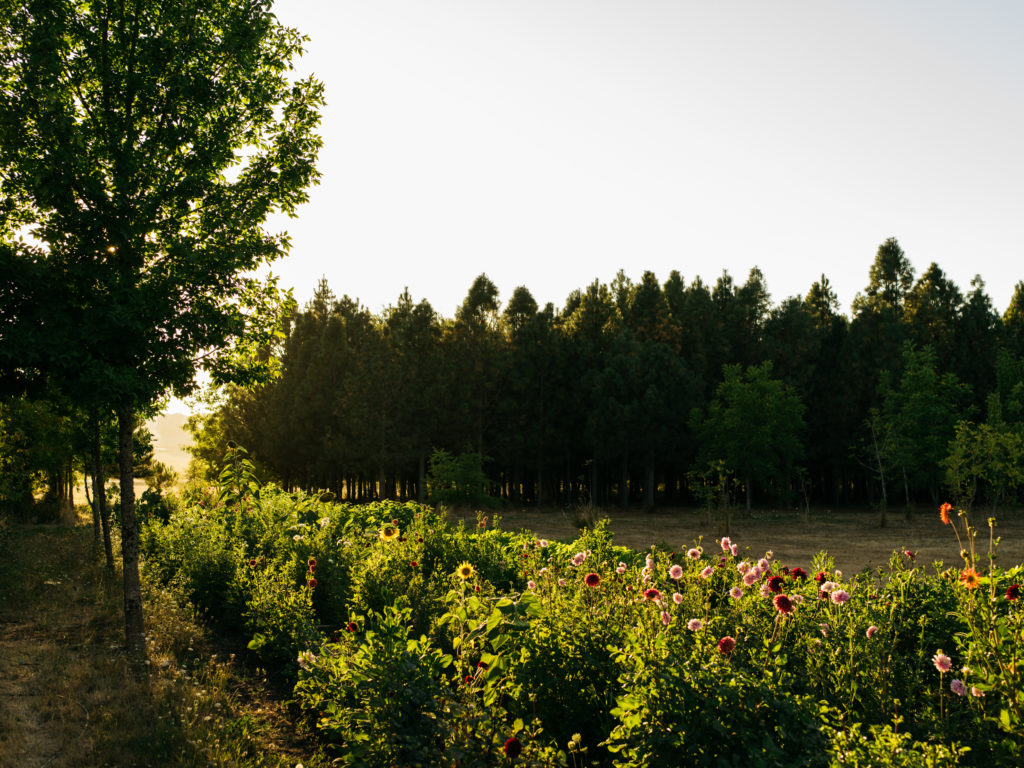
Kyle Johnson
Got it. What if I’m in a drier climate?
You have one of those water thermometers you could get, say, at Ace Hardware or a garden center, that measures the soil moisture. That’s really helpful for somebody who’s new and is like, “I don’t know if this is too wet, too damp,” that kind of thing.
A test you could do by yourself is just stick your finger in. How moist does it feel down at the root next to a plant? If you were to pick up soil and hold it in your hand, and moisture would just come dripping out, that’s definitely too wet. If you hold it in your hand and it won’t clump into a nice ball, that’s another way to gauge it. You want it to be moist, but not drenching.
Beth, what have I missed for first-time gardeners?
If they have an existing garden–maybe they just moved into a new house and it has all these raised beds, we get this question a lot: They want to grow something, they’re excited about it, but they’re really nervous. It’s got the soil and it’s got weeds, it’s got all sorts of things. I would first start by taking out all your weeds and getting a soil test. You can do that down at your local garden extension service. Oregon State has one, they’re all over. They’re like $18 to just take your test down there and see what the soil needs. That is a huge learning platform.
To subscribe to “Sunset 101: The Ultimate Guide to Raised Beds,” click here.
